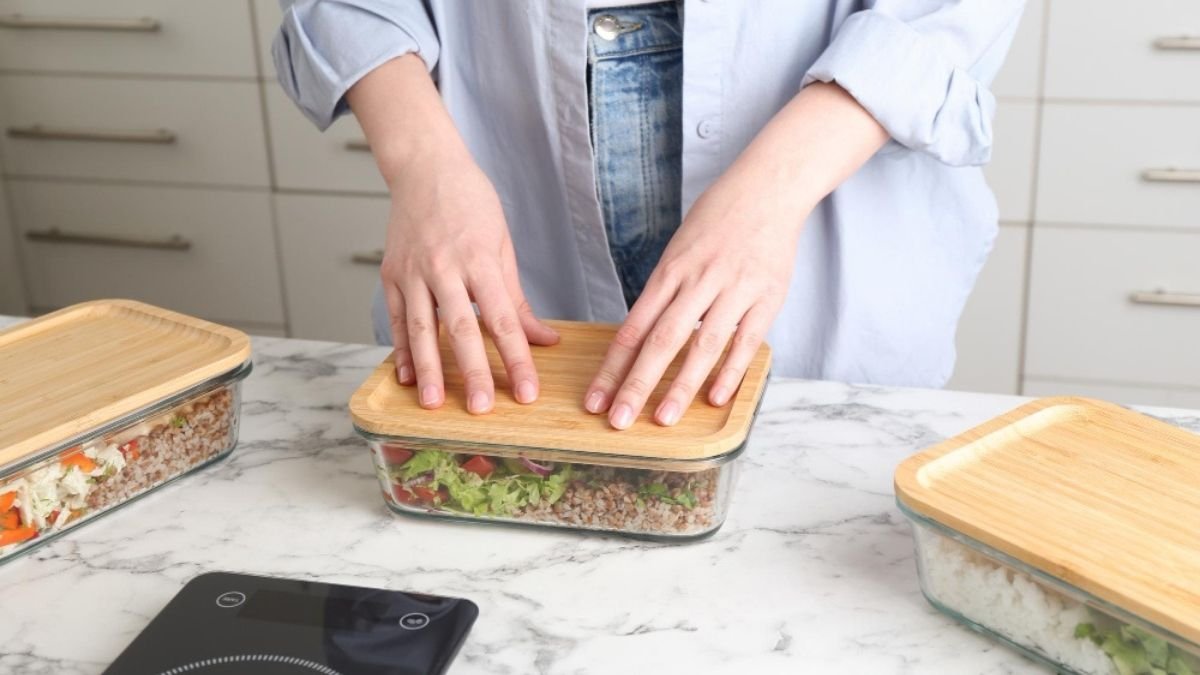
The one where you’re carefully packing a lunch. Maybe it’s for your kid—you cut the crusts off the sandwich, slice the apple just right. Or maybe it’s for you, a little act of self-care to get you through a long day at work. You tuck it all into a plastic container, snap the lid shut, and feel a small sense of accomplishment. You did a good thing.
I’ve had that feeling a thousand times. But recently, I stumbled onto something that made me stop and really look at that trusty plastic box. And honestly, it’s been bugging me ever since.
What if the one thing we thought was keeping our food safe was actually the problem?
It turns out that a simple plastic container is anything but simple. And the daily ritual of packing a lunch might be the moment our exposure to some pretty concerning stuff peaks. I went down a bit of a rabbit hole on this, and I want to share what I found. Because it feels like something we should all be talking about.
So, What’s Really in That Plastic Box?
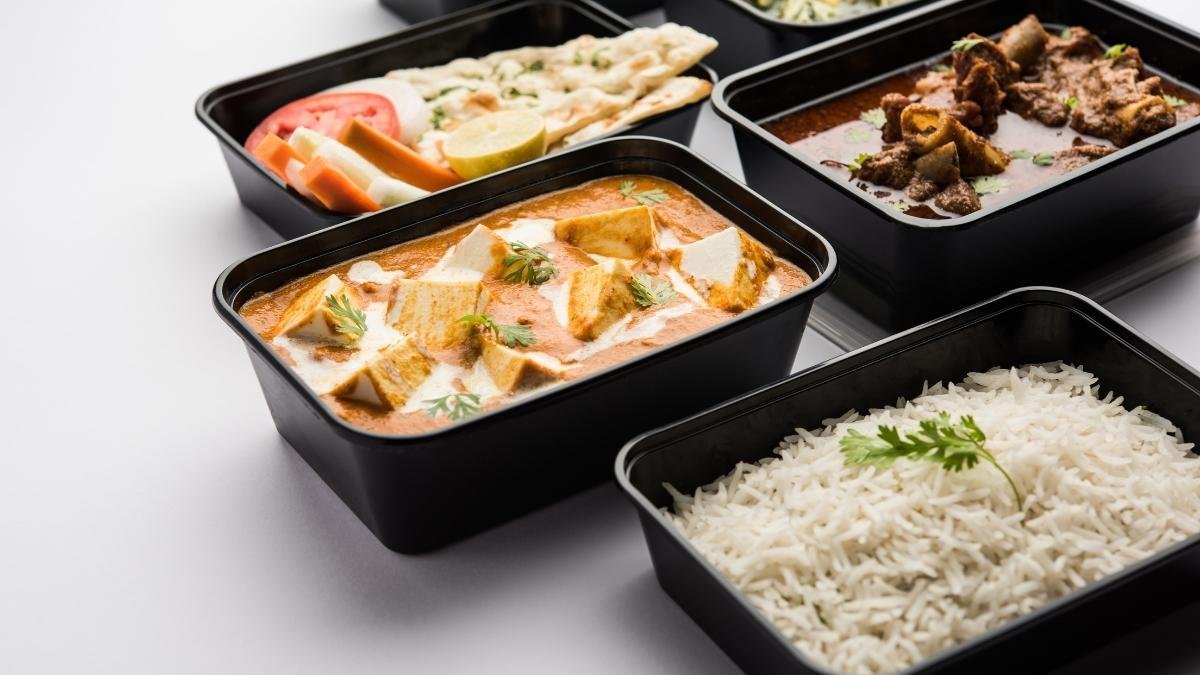
Here’s the first thing that blew my mind: a plastic container isn’t just… plastic. It’s more like a complex chemical soup. To make plastic durable, flexible, or clear, manufacturers mix in a whole cocktail of additives—things called plasticizers, stabilizers, and flame retardants. And here’s the kicker: these chemicals aren’t glued in place. They can, and do, leak out.
This process is called leaching, and it’s happening all the time. But certain things kick it into overdrive.
Think about what we do with our lunches. We often pack them while they’re still warm, or we pop them in the microwave. Heat is the number one accelerator for chemical leaching. As Dr. Leonardo Trasande, the director of environmental pediatrics at NYU Langone Health, puts it, you should never microwave food in plastic or put plastic in the dishwasher, “because the heat can cause chemicals to leach out”. The same goes for fatty or acidic foods—think tomato sauce, salad dressings, or cheese. They act like magnets, pulling those chemicals right out of the plastic and into your meal.
And it’s not just a couple of well-known chemicals. A 2024 study that looked at plastic packaging found 906 chemicals that have been assessed for toxicity, plus another 3,377 with completely unknown toxicity profiles. We’re not just talking about one or two bad actors; we’re talking about a massive, largely unstudied chemical mixture.
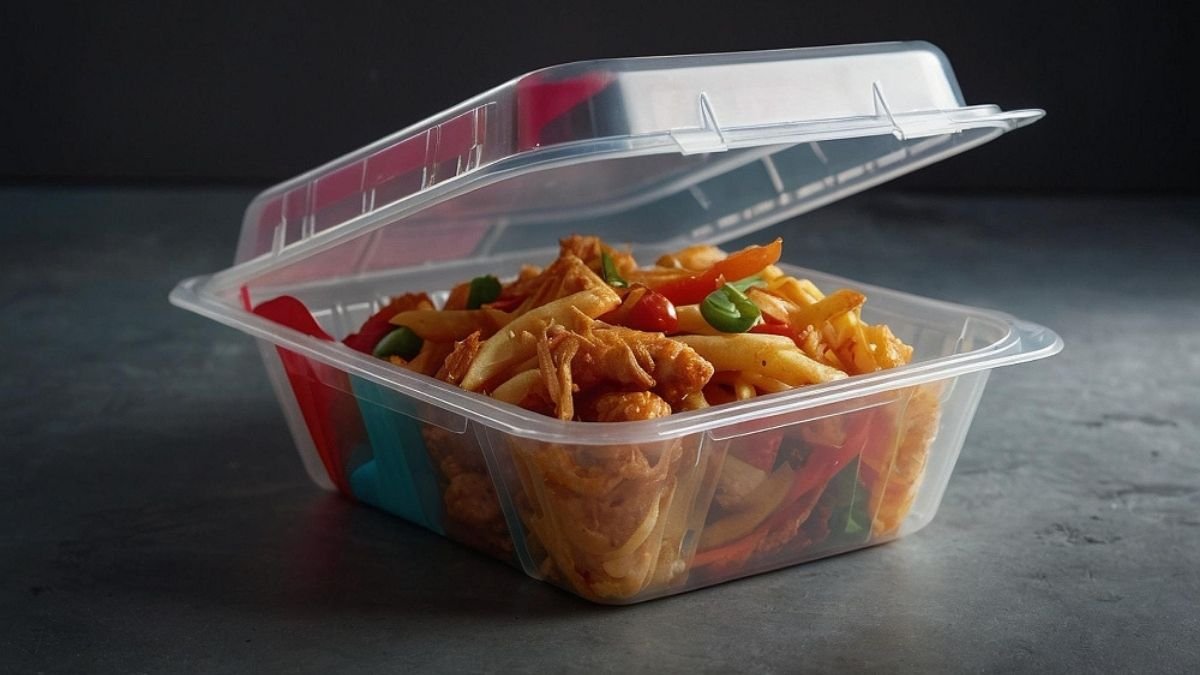
But it gets even weirder. It’s not just invisible chemicals we’re consuming. We’re also eating the container itself.
Every time you use that plastic container—wash it, scrape it with a fork, even just open and close the lid—it sheds microscopic bits of plastic. These are called microplastics and even smaller nanoplastics. And they are everywhere. A 2024 study found that a single liter of bottled water can contain an average of 240,000 plastic particles, 90% of which are tiny nanoplastics.
These particles are so small that they can pass from our digestive system into our bloodstream, traveling to our organs, our brains, and even crossing the placenta. As Lisa Zimmermann, a scientific officer at the Food Packaging Forum, said, this is the “first systematic evidence of how normal and intended use of foodstuffs packaged in plastics can be contaminated with micro- and nanoplastics”.
Okay, But How Does This Stuff Actually Affect Us?
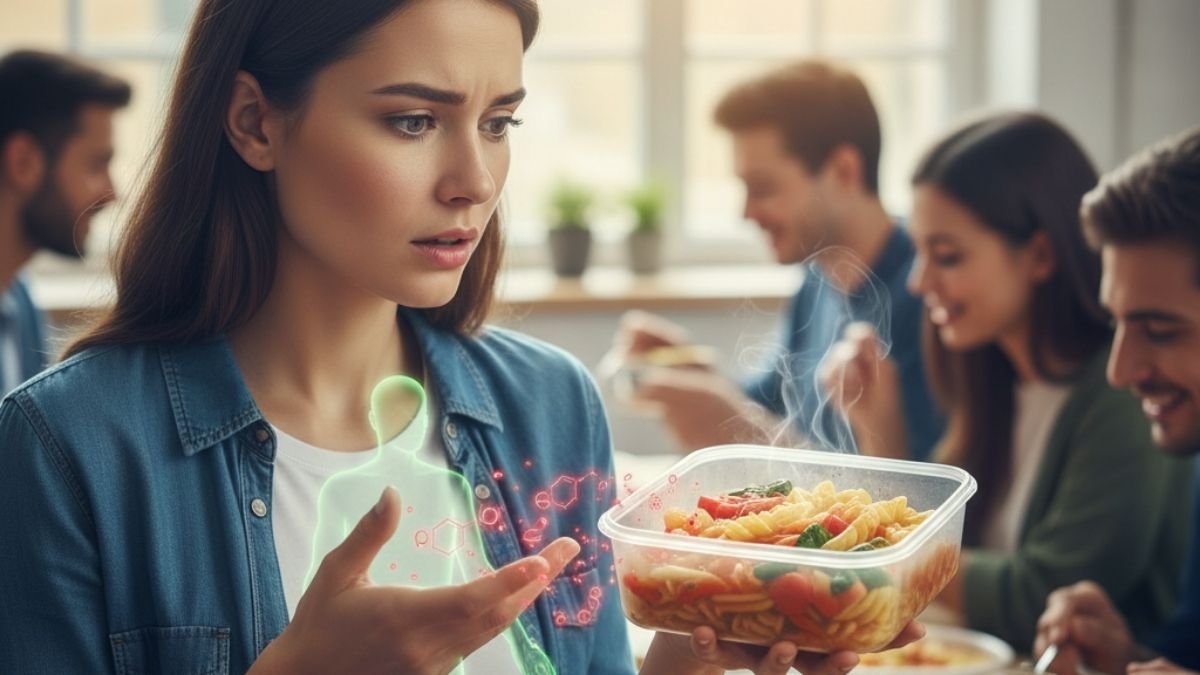
This is the part where it gets personal. For a long time, I figured, “a little bit of chemical exposure can’t be that bad, right?” But the chemicals we’re talking about are a special kind of troublemaker.
Many of them are what scientists call Endocrine-Disrupting Chemicals (EDCs).
Here’s the simplest way I can explain it: Your body has an amazing communication network called the endocrine system. It uses hormones as messengers to control just about everything—your metabolism, your mood, your sleep, your fertility, how you grow. It’s an incredibly precise system that works with tiny, tiny amounts of these hormones. We’re talking the equivalent of one drop in 20 Olympic-sized swimming pools.
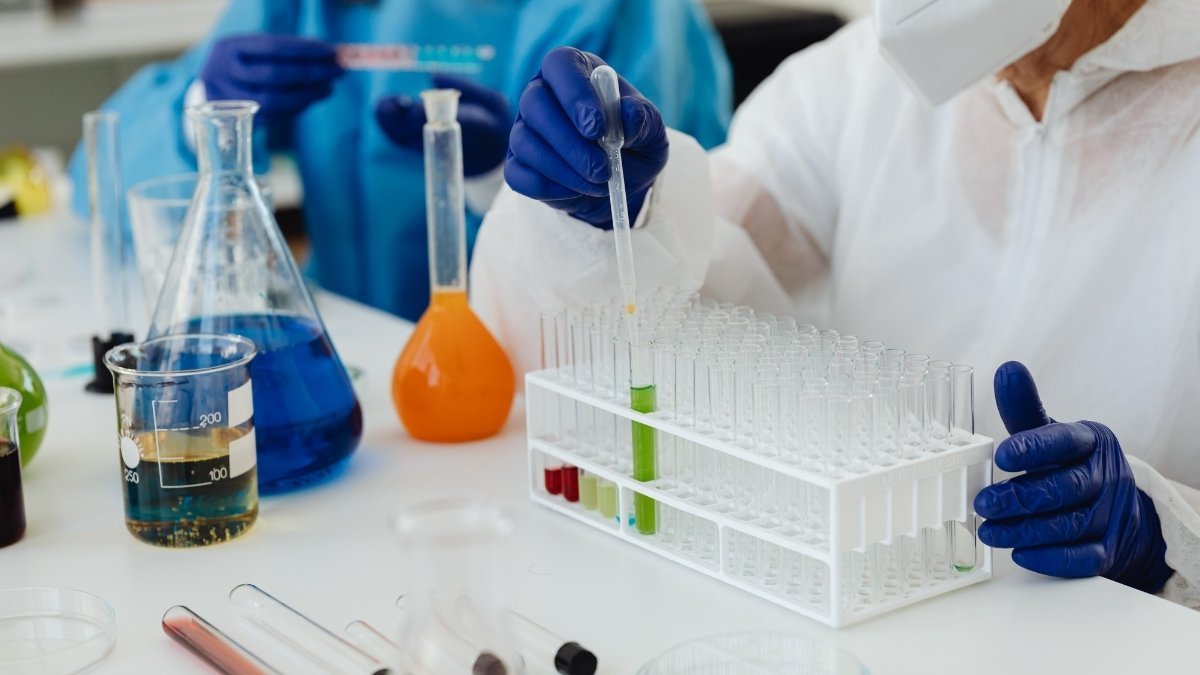
EDCs are like hackers that break into this system. They can do a few things:
- They can mimic your hormones, tricking your body into responding when it shouldn’t.
- They can block your hormones, preventing your natural messengers from getting through.
- They can just mess with the whole production line, changing how your body makes or breaks down its own hormones.
Because the system is so sensitive, even incredibly low doses of these chemicals can cause problems—sometimes, low doses are even more disruptive than high ones. This is why the old saying “the dose makes the poison” doesn’t really apply here.
And the health links are, frankly, terrifying. Exposure to these chemicals is associated with a whole spectrum of issues:
- Reproductive Problems: Things like decreased fertility, lower sperm counts, and an increased risk for hormone-related cancers.
- Metabolic Issues: A higher risk for obesity and type 2 diabetes.
- Neurobehavioral Effects in Kids: Researchers have linked prenatal exposure to chemicals like BPA to a higher chance of anxiety, depression, and ADHD.
- Weakened Immune System: Some of these chemicals, particularly the “forever chemicals” known as PFAS, have been shown to make vaccines less effective in children.
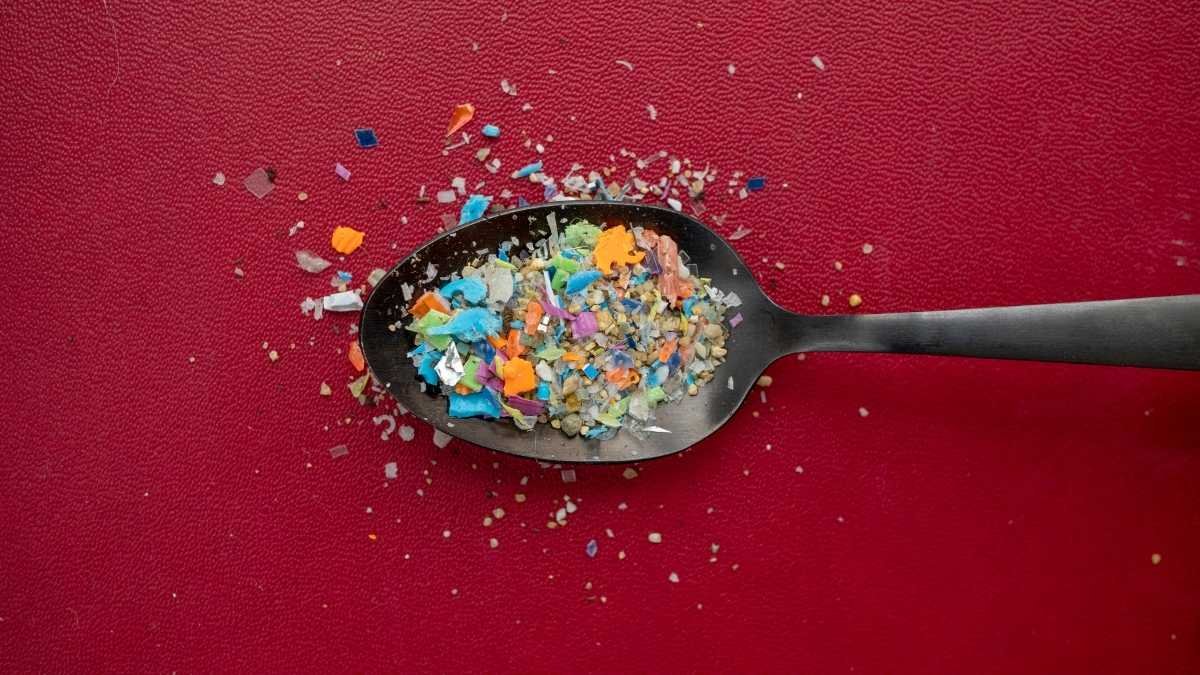
And what about the microplastics? For years, we didn’t know what they were doing inside us. But in March 2024, a landmark study in The New England Journal of Medicine gave us the first shocking piece of direct evidence. They found that people with detectable microplastics in the plaque of their arteries had a 4.5 times higher risk of having a heart attack, stroke, or dying from any cause over the next three years.
It seems these particles can cause inflammation and act like tiny Trojan horses, carrying their own chemical additives deep inside our bodies.
The “BPA-Free” Promise That Isn’t a Promise at All
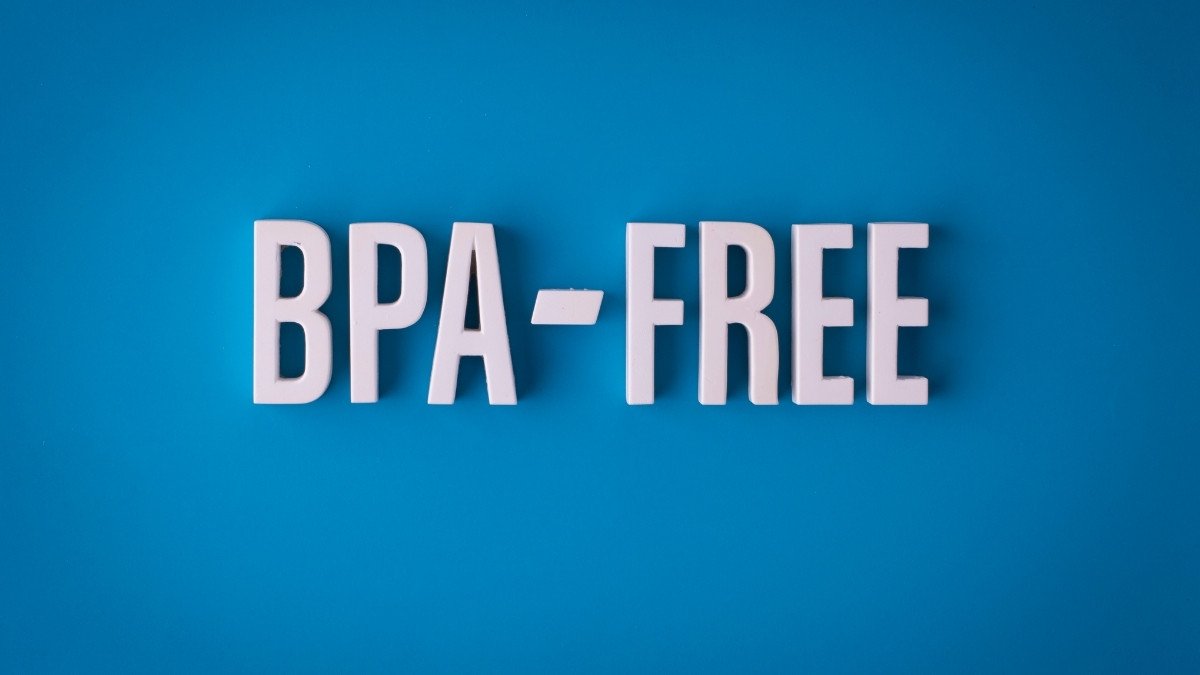
This is the part that makes me angry. We, as consumers, got smart. We heard about Bisphenol A (BPA) and started demanding products without it. And the market responded with a sea of cheerful “BPA-Free” labels. We thought we were making a safer choice.
But in many cases, it was a bait-and-switch.
Manufacturers often replaced BPA with its nearly identical chemical cousins, Bisphenol S (BPS) and Bisphenol F (BPF). The problem? A growing pile of research shows that BPS and BPF are just as hormonally active and have the same endocrine-disrupting effects as the original BPA. This is a classic case of what scientists call a “regrettable substitution”. You get rid of one problem only to replace it with something just as bad, or worse.
And don’t get me started on the other labels. That little recycling number on the bottom of your container? It’s not a safety rating. It’s just there to help the recycling plant sort materials. It tells you nothing about whether it’s safe to reuse or heat.
This is where you have to become your own health advocate. Because even the experts disagree. In the U.S., the FDA still maintains that BPA is safe at the low levels found in food. But in Europe, the story is completely different. In 2023, the European Food Safety Authority (EFSA) slashed the tolerable daily intake for BPA by a factor of 20,000, concluding that people in all age groups are being exposed at levels that are a health concern. When the science is this divided, I’d rather err on the side of caution.
Okay, So What Do We Use Instead? (The Good News)
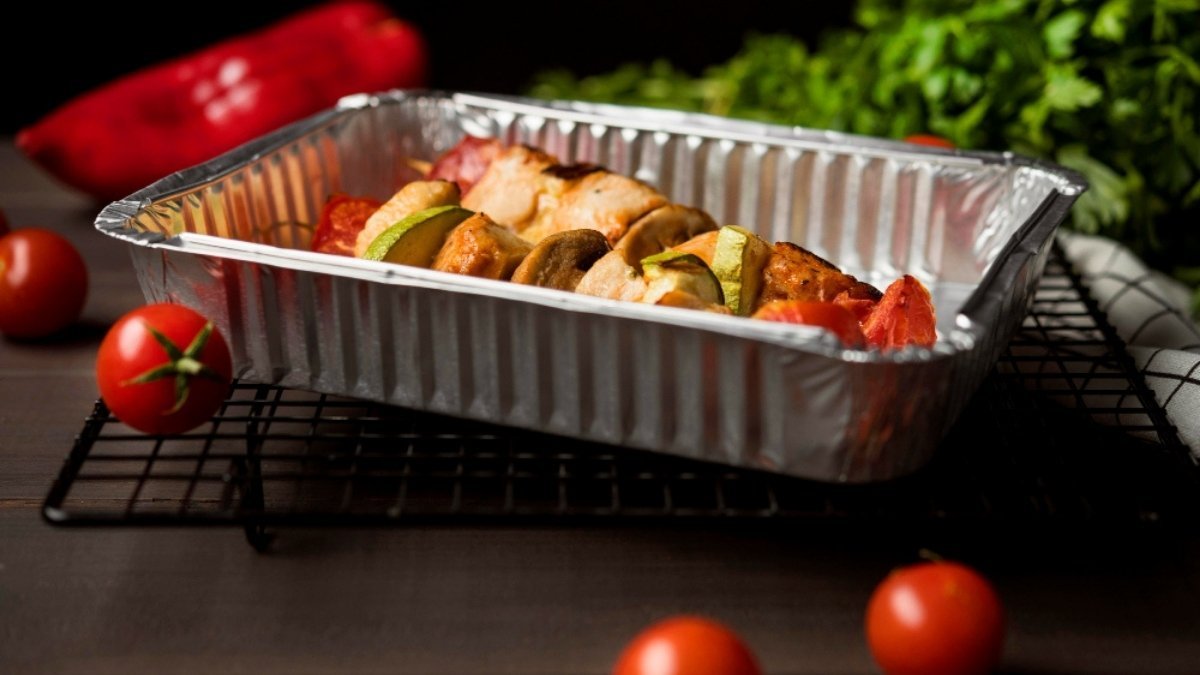
Look, the point of all this isn’t to scare you. It’s to empower you. Because the good news is, we have fantastic, safer alternatives. Moving away from plastic isn’t about deprivation; it’s about an upgrade.
Here’s a quick rundown of the best players out there:
- Glass: The Gold Standard. Glass is the undisputed champion of food safety. It’s inert, which is a fancy way of saying it doesn’t leak anything into your food. Ever. It’s also non-porous, so it won’t hold onto stains or smells (goodbye, orange-tinted spaghetti container). You can microwave it, bake in it (just the base!), freeze it, and dishwash it. The only downsides? It’s heavy and, well, breakable.
- Stainless Steel: The Unbreakable Workhorse. This is your go-to for lunches on the move, especially for kids. It’s lightweight, ridiculously durable, and won’t leach any chemicals or shed microplastics. The big, non-negotiable rule: it is NOT microwave-safe. But for sandwiches, salads, snacks, and anything you’re eating cold or at room temp, it’s perfect.
- Food-Grade Silicone: The Flexible Friend. Silicone is a great lightweight option, especially for things like reusable snack bags. It’s made without the nasty chemicals in plastic and is generally safe for the freezer, microwave, and dishwasher. The one caveat: quality matters. Look for bags labeled “100% food-grade” or “platinum-grade” to make sure they don’t have plastic fillers, which would defeat the whole purpose.
- Beeswax Wraps: The Natural Cling Film. For wrapping a sandwich, half an avocado, or covering a bowl, these are a game-changer. Made from cotton, beeswax, and natural oils, they’re reusable, compostable, and surprisingly effective. You just can’t use them for raw meat or wash them with hot water.
To make it easier, here’s a little cheat sheet:
Sustainable Lunch & Food Storage Comparison
| Feature | Glass Containers | Stainless Steel | Food-Grade Silicone | Beeswax Wraps |
|---|---|---|---|---|
| Durability & Weight | Fragile, Heavy | Very Durable, Lightweight | Durable, Very Lightweight | Less Durable, Very Lightweight |
| Heat Safety | Microwave & Oven Safe | Oven Safe; NOT Microwave Safe | Microwave Safe; Caution with High Heat | NO Heat; Cold Wash Only |
| Chemical Safety | Excellent (Inert) | Excellent (Inert) | Good (if 100% pure) | Excellent (Natural) |
| Best For | Reheating leftovers, home storage, wet foods | School lunches, travel, cold food, dry snacks | Snack bags, flexible storage, freezing | Wrapping sandwiches, covering bowls, produce |
| Key Cons | Breakable, heavyHandle with care! Not ideal for small children. | Not microwave-safe, opaqueYou can’t see the food inside and must transfer for microwaving. | Quality varies, not easily recyclableLook for ‘platinum cured’ or 100% food-grade silicone. | Not airtight, needs ‘refreshing’Not suitable for very wet or messy foods. |
Your Game Plan: How to Actually Do This Without Losing Your Mind
I get it. This can feel overwhelming. The idea of throwing out your entire kitchen and starting over is just not realistic for most of us. So don’t. Let’s approach this in stages.
Level 1: The “If You Must Use Plastic” Rules
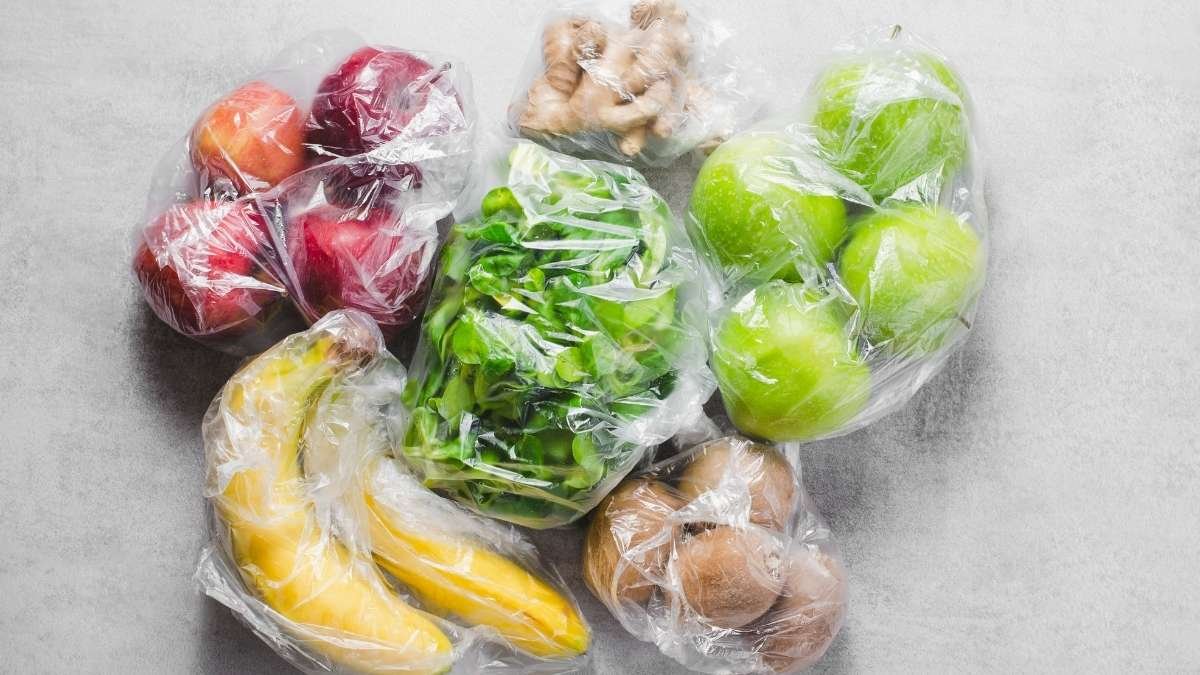
If you’re not ready to ditch your plastic containers yet, you can massively reduce your risk by following a few simple rules. Think of this as harm reduction.
- NEVER Heat It. This is the big one. No microwaves, no dishwashers. Heat is the enemy. Transfer food to a glass or ceramic dish before you nuke it.
- Let Food Cool Down. Don’t put steaming hot leftovers straight into a plastic container. Let them cool on the counter first.
- Toss It When It’s Worn Out. If a container is scratched, cloudy, or warped, it’s breaking down. Get rid of it.
Level 2: The Beginner’s Swap-Out

Ready to make a change? Start with the two items that will give you the most bang for your buck.
- The Lunch Container: Swap out your main plastic lunch container for a glass or stainless steel one. This single change eliminates your biggest daily exposure, especially if you reheat your lunch.
- The Water Bottle: Ditch single-use plastic water bottles and get a reusable stainless steel or glass one. You’ll immediately cut down on a huge source of microplastics.
Level 3: The Plastic-Free Pro
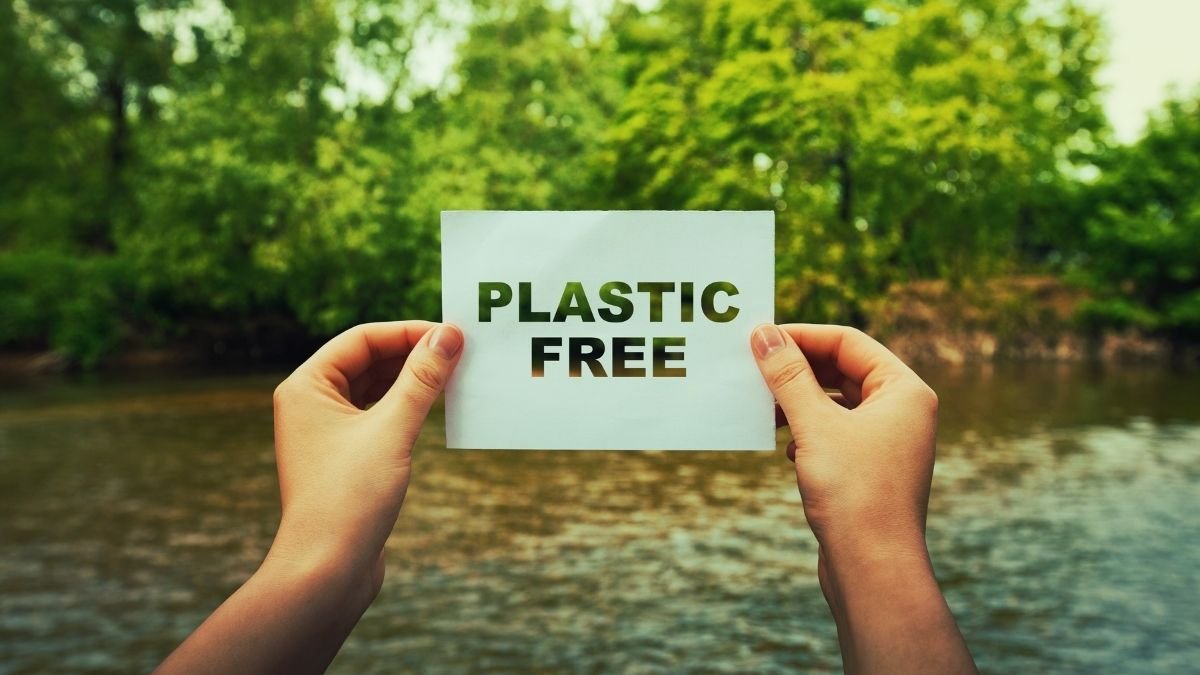
Once you’ve got the basics down, you can start looking at the bigger picture.
- Rethink Your Snacks: Use silicone bags or small steel containers for snacks and dips instead of plastic baggies.
- Pack Real Cutlery: Grab a fork and spoon from your drawer and wrap them in a cloth napkin.
- Shop Differently: The journey to a plastic-free lunch starts at the grocery store. Buy nuts, grains, and other staples from bulk bins using your own cloth bags or jars.
Need a Little Help Getting Started? Look Into These.
Making the switch can feel like a big project, but you don’t have to do it all at once. Just starting with one or two key items can make a huge difference. Here are a few tried-and-true products that make it easier to pack a safer, plastic-free lunch for you and your family.
1. Pyrex Simply Store Glass Containers:

A true kitchen classic for a reason. This set is perfect for replacing the plastic containers you use for leftovers. You can store food in them, pop them directly into the microwave without worry, and they won’t stain or hold onto odors. They’re the ideal first step for a safer kitchen.
2. Ecolunchbox Three-in-One Classic Bento Box:

This is the ultimate durable lunchbox for school or work. Made entirely of stainless steel, it’s lightweight, won’t shatter, and keeps different foods separate without plastic dividers. It’s perfect for sandwiches, salads, and snacks that you’ll be eating cold or at room temperature.
3. Stasher Reusable Silicone Bags:

If you want to kick the plastic baggie habit, these are your new best friends. Made from pure platinum silicone, they are a fantastic, non-toxic alternative for packing snacks, sandwiches, or even freezing leftovers. They’re endlessly reusable and can go in the dishwasher, microwave, and even the oven.
4. Bee’s Wrap Reusable Food Wraps:

Say goodbye to plastic cling film. These wraps are made from organic cotton and beeswax and are perfect for wrapping a sandwich, covering a bowl of leftovers, or keeping half an avocado fresh. You just use the warmth of your hands to create a seal. It’s a simple, natural, and compostable swap.
5. Hydro Flask Wide Mouth Water Bottle:

One of the easiest and most impactful changes is switching to a reusable water bottle. A stainless steel option like a Hydro Flask eliminates exposure to the microplastics found in disposable bottles and keeps your water cold for hours. It’s a win for your health and the environment.
It’s Not About Fear, It’s About Care
When I first learned all this, I felt a wave of panic. I thought about all the years I’d been microwaving my lunch in those plastic tubs. But then, that feeling shifted. It turned into a sense of purpose.
This isn’t about being perfect or living in fear. It’s about taking back a little bit of control. It’s about making that daily ritual of packing a lunch an even greater act of care—for yourself, for your family, and for the planet.
Every time you choose glass over plastic, you’re making a powerful choice. You’re reclaiming your lunch from a system that has prioritized convenience over our well-being. And you’re turning your midday meal back into what it was always meant to be: pure, simple nourishment.






